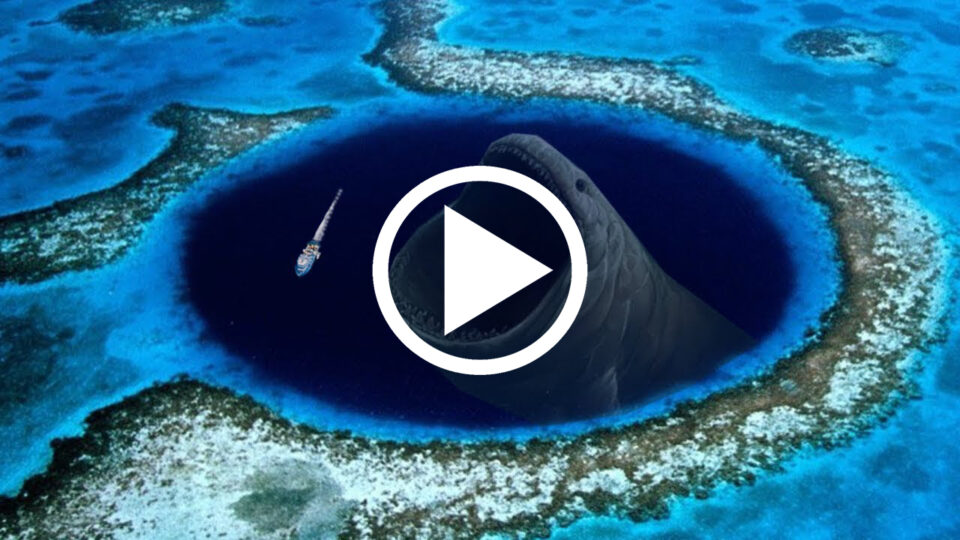Jungles, oceans, and deserts are all synonymous with certain levels of danger. But what if I told you there are certain places in the world where huge holes reside, and one visit could end your life.
If you’re curious, stick around as we countdown the 15 most dangerous holes in the world.
BLUE HOLE RED SEA
The notoriety of the Blue Hole in Dahab as possibly the deadliest dive site on Earth doesn’t serve to keep divers away, but rather to attract them in the same way the challenge of climbing Everest or Kilimanjaro appeals to mountaineers.
When you dive the Blue Hole in Dahab, you have taken on one of the most challenging environments in diving and you will experience something truly remarkable.
This is why so many divers brave the 80-meter wide hole, despite the fact that many divers have lost their lives here. There is no official count, but it is said that at least 150 scuba divers lost their lives in the last 10 years.
One of the problems that lead to so many people falling foul when they plan the dive is that it really doesn’t seem that dangerous.
Unlike many other “extreme” diving sites, it is exceptionally easy to get to – it is a shore dive, right off the beach.
It can almost seem like the danger has been blown out of proportion when you see just how easy it is to enter and dive the Blue Hole.
Once there, there are no disturbing currents and the water is calm, clear, and temperate, but that doesn’t mean it’s not dangerous. Dive at your own risk!
GUATEMALA SINKHOLE


